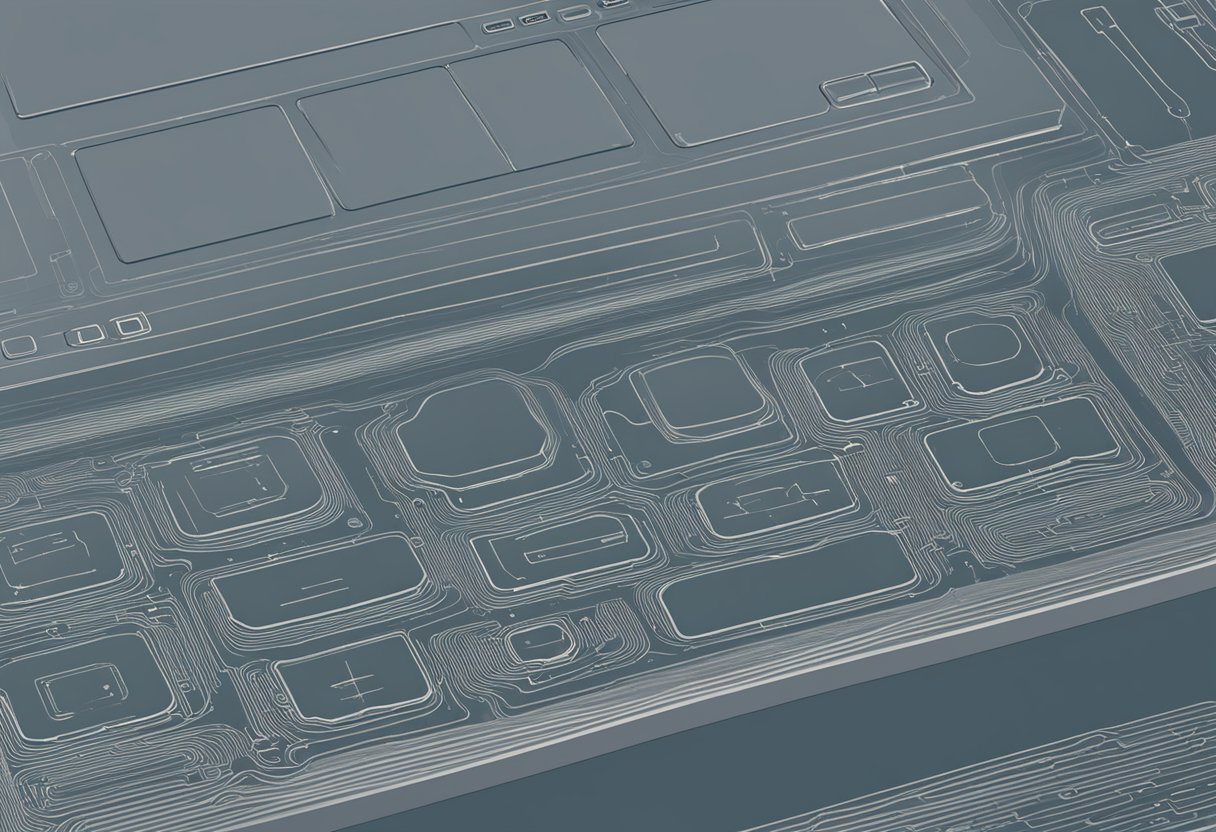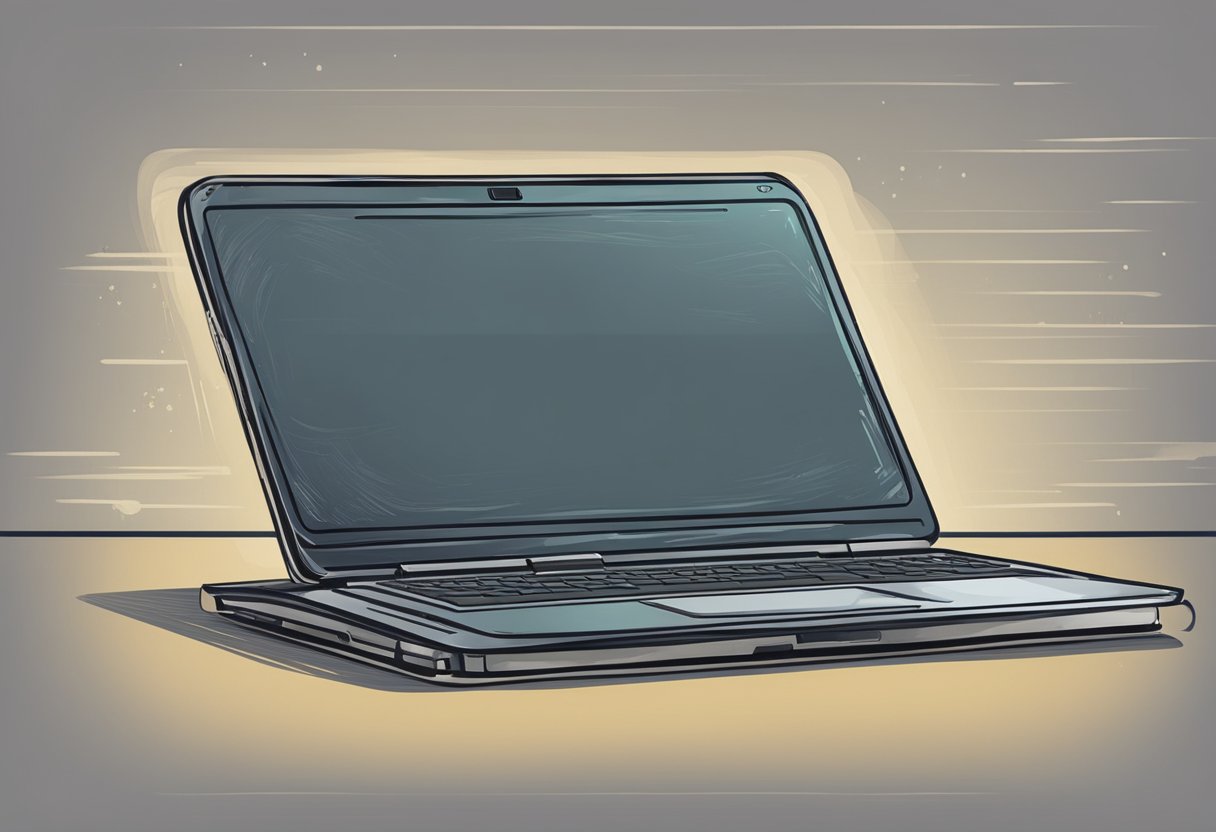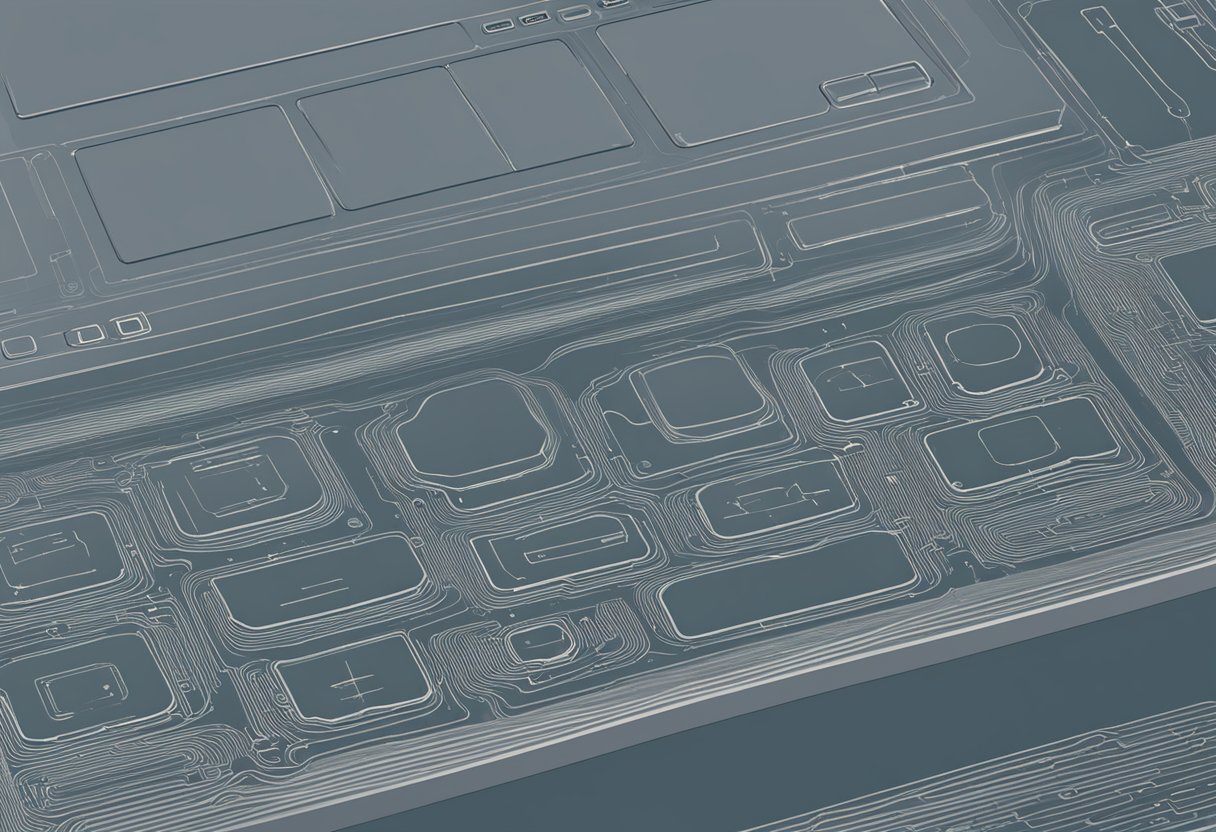
Laptop touchpads are integral to the user experience, providing a convenient way to interact with the on-screen elements without requiring a separate mouse. As with any frequently used component, touchpads are subject to wear and tear over time. The extent and rate at which they wear out can depend on various factors, including the build quality of the touchpad, the frequency of use, and the user’s handling.
Content of the page

The materials used to construct the touchpad surface and the technology that detects input play significant roles in the longevity of the device. Most touchpads are engineered to withstand regular use, incorporating durable materials that resist scratches and general degradation. However, they are not immune to physical wear, and over time, users may notice a decrease in sensitivity or responsiveness.
Manufacturers conduct extensive testing to ensure the durability of laptop touchpads. Nevertheless, actual lifespan can vary from user to user. Some may find that their touchpads continue to function well beyond the expected timeframe, while others may experience issues that signal wear, such as erratic cursor movements or unresponsiveness to taps and gestures. Proper maintenance and usage can help prolong the life of a touchpad.
Fundamentals of Laptop Touchpads

Laptop touchpads function as built-in pointing devices, responding to touch for navigation and input. They are essential for cursor movement and are designed to be durable yet can experience wear over time.
Touchpad Technology Overview
Touchpads, also known as trackpads, predominantly utilize capacitive touch technology to detect a user’s finger movements. This is achieved by sensing the electrical conductivity of the finger which causes changes in an electrostatic field on the touchpad’s surface. Commonly, these devices consist of two layers of grid-patterned electrodes:
- a sensing layer that detects the touch of the finger
- a conducting layer that transmits the signals to the processor
The processor then interprets these signals, converting them into on-screen cursor movements and gestures.
Mechanics of Touchpad Wear
Despite their solid-state nature, touchpads can wear down from consistent use. The factors contributing to this wear include:
- Physical abrasion: Repeated finger contact may gradually degrade the touchpad’s surface.
- Chemical breakdown: Oils and other substances from the skin can accumulate and affect the sensitive electrical components.
- Mechanical issues: Although less common due to the lack of moving parts, mechanical issues can still occur, such as the degradation of the connection between the touchpad and the motherboard.
Typical symptoms of wear may manifest as:
- Decreased sensitivity
- Inconsistent responsiveness
- Visual signs of smoothness or glossiness where contact is most frequent
Maintenance and gentle use can help prolong the lifespan of a touchpad.
Factors Affecting Touchpad Longevity
Touchpad lifespan can vary greatly depending on the construction quality, usage habits, and environmental factors.
Quality of Materials
Manufacturers use a range of materials when constructing laptop touchpads. Higher-quality touchpads are typically composed of durable plastics or glass, which can withstand constant use and resist wear. In contrast, touchpads made with cheaper materials may degrade more quickly.
Touchpad Usage Patterns
- Frequency: Touchpads subjected to heavy daily use are likely to wear out faster.
- Pressure: Touchpads handled with more force can experience quicker degradation.
Environmental Influences
- Moisture: Prolonged exposure to moisture can damage the touchpad’s sensitivity and functionality.
- Dirt and Oils: Accumulation of dirt and skin oils can affect the touchpad’s surface and responsiveness. Regular cleaning is recommended to mitigate these effects.
Symptoms of Touchpad Wear
When a laptop touchpad begins to wear out, its functionality and appearance may gradually change. Users can identify wear through certain symptoms, split into distinct categories of physical changes, performance degradation, and response issues.
Physical Changes
Over time, the touchpad may exhibit visible wear, such as a glossy surface turning matte from extensive use or the top layer peeling around the edges. Users might also notice discoloration or scratches that can occur from repeated contact with fingers or external objects.
Performance Degradation
The touchpad’s sensitivity can decrease, making gesture recognition more difficult. Users may find they need to apply more pressure or repeat gestures for the touchpad to register the action. Another indicator includes inconsistent cursor movement, where the cursor jumps or stalls unexpectedly while the touchpad is being used.
Touchpad Response Issues
Delay in touchpad response is a common sign of wear. Users might experience a lag between their touch and the cursor’s movement on the screen. Multi-touch gestures, like pinching to zoom or using two fingers to scroll, may also stop working correctly. Irregularities in touchpad feedback, such as vibration or sound when tapping, indicate an underlying issue that can be due to component wear.
Prevention and Maintenance
To extend the lifespan of a laptop touchpad, certain preventative measures and maintenance routines are essential. These methods help to minimize wear and maintain functionality over time.
Regular Cleaning
Routine: Regular cleaning is crucial to prevent the build-up of oils, dirt, and debris that can cause a touchpad to deteriorate.
- Frequency: Clean the touchpad gently with a soft, slightly damp lint-free cloth.
- Materials: Use water or mild isopropyl alcohol; avoid harsh chemicals.
Usage Best Practices
Habits: How an individual uses their touchpad significantly affects its longevity.
- Gentle Touch: Encourage light taps and swipes instead of hard pressing.
- Dry Fingers: Ensure fingers are clean and dry to avoid depositing residue.
Protective Accessories
Protection: Accessories can guard against physical wear and environmental factors.
- Covers: Apply a thin protective cover to shield the touchpad from scratches.
- Environment: Keep the laptop in a clean, dust-free area whenever possible.
Troubleshooting Common Issues
When addressing touchpad problems, a user may encounter issues that stem from either software glitches or hardware malfunction. Each category requires distinct approaches for diagnosis and resolution.
Software Problems
Software-related touchpad issues often manifest as erratic cursor movements or unresponsiveness. To address these concerns:
- Update Drivers: Verify that the touchpad driver is up-to-date through the device manager or the laptop manufacturer’s website.
- Check Settings: Ensure touchpad settings are correctly configured. Navigate to the touchpad settings under “Mouse Properties” in the Windows Control Panel or “System Preferences” on a Mac.
- Restart the Computer: A simple restart can resolve temporary glitches affecting the touchpad.
Hardware Malfunctions
Hardware failures might present as physical unresponsiveness or inconsistent performance of the touchpad. Investigation into hardware problems includes:
- Physical Inspection: Look for any signs of damage or wear on the touchpad surface.
- Clean the Touchpad: Use a soft, slightly damp cloth to gently clean the touchpad, removing any dirt or residue.
- Consult Professional Services: If the problem persists and the laptop is under warranty, contact the manufacturer or a certified technician for repair or replacement options.
Repair and Replacement
When a laptop touchpad begins to fail, repair and replacement options should be carefully considered based on cost efficiency and skill level required. The choice between repair and professional services or total replacement hinges on the severity of the touchpad’s issues and the user’s technical confidence.
DIY Repair Tips
- Identify the Problem: Determine if the touchpad issues are due to software, settings, or hardware. Software-related problems can often be resolved with updates or driver reinstallation.
- Tools and Parts: Prepare the necessary tools such as screwdrivers, and procure replacement components like touchpad ribbons or the touchpad itself if needed.
- Step-by-step Guides: Utilize online tutorials and manufacturer manuals, ensuring to follow the procedures carefully to avoid further damage.
Professional Repair Services
- Authorized Centers: Seek out certified repair centers for your specific laptop brand. They assure genuine parts and expertise in handling the specific hardware.
- Cost and Time Estimates: Before proceeding, obtain a clear estimate of repair costs and timeframes. This helps in deciding whether repair is the most cost-effective option.
Considering Replacement Over Repair
- Cost Comparison: Compare the repair cost against the price of a new laptop. If repair expenses are over 50% of the cost of a new device, replacement may be the wiser choice.
- Advancements in Technology: Consider advancements in technology. New laptops may offer significant improvements in performance, battery life, and features that justify replacement.
